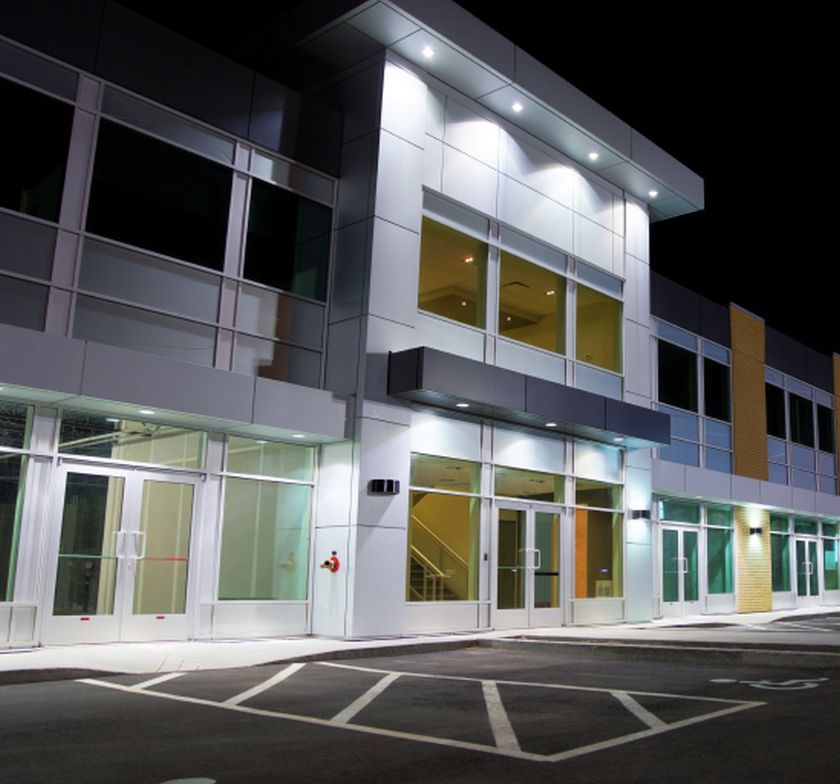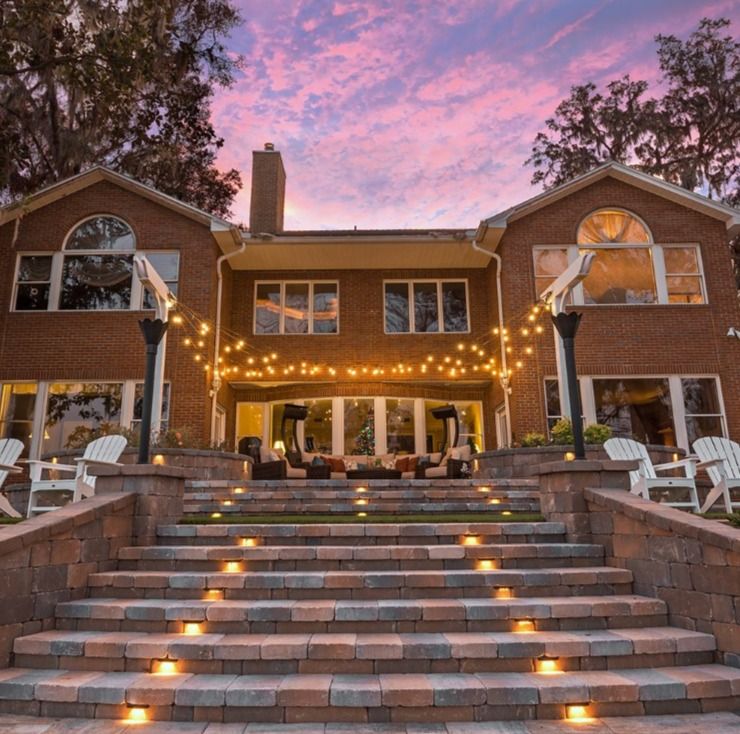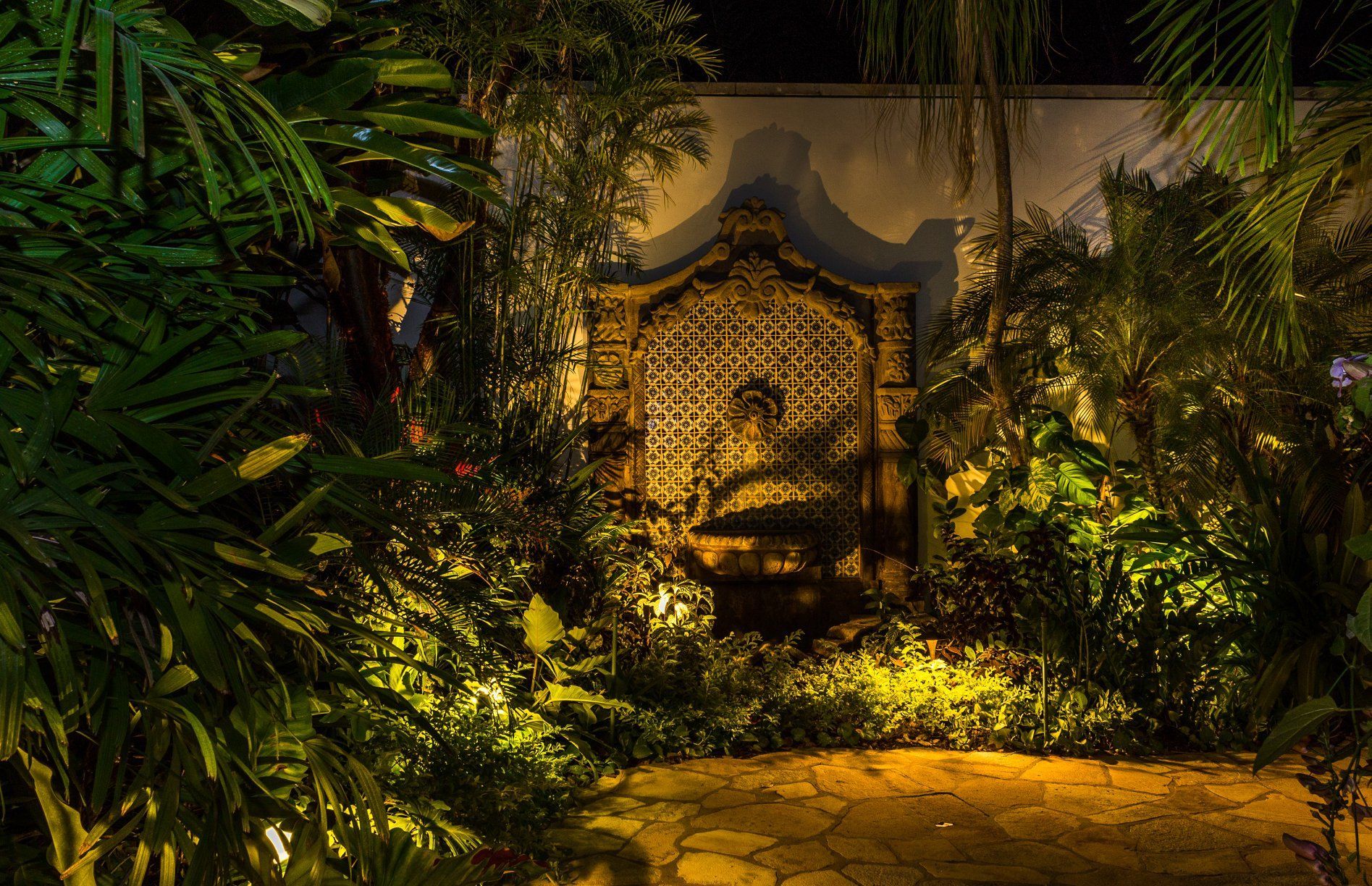LED Landscape Lighting For Your Home Or Business
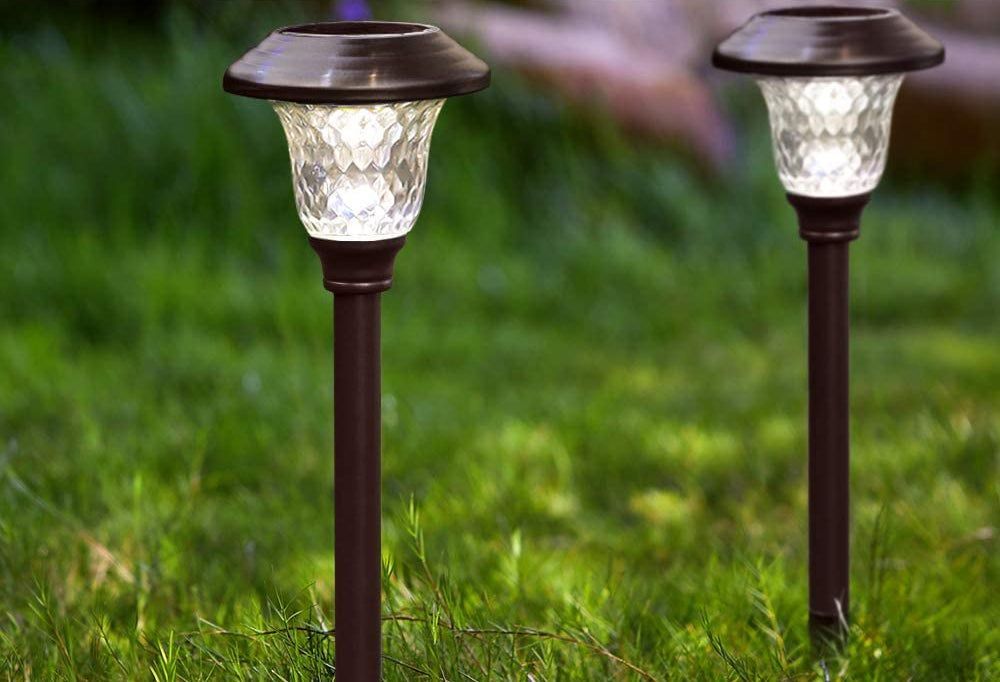
One option is a string of lights that are arranged at intervals. This can create a more interesting effect than a regular pattern. You can also get lights that play off of moonlight to create beautiful patterns. This type of lighting can also be used for safety purposes. When placed near a structure, it helps guide people.
LED landscape lighting can be found in various fixtures with various light output levels. The right choice for your outdoor space will depend on the preferences of the landscape designer and the needs of the project. Many of these systems come with control sensors that detect the amount of natural light in the surrounding area. This way, you can adjust the level of lighting to suit the time of day. This can ensure that your lighting is more pronounced as dusk approaches.
LED landscape lighting is also energy-efficient. It is 90% to 95% more efficient than conventional lights. This means that you will need to replace the bulbs much less frequently. In addition to being more efficient, LED lights will also last for many more years. This is great news for homeowners looking to upgrade their outdoor lighting.
Energy-efficient
LED landscape lighting is an excellent way to enhance the look and safety of your landscape. It can illuminate structures, pathways, and signage, which are crucial for safety. Landscape lighting can also serve as a great feature for your home. You can use it to highlight certain features like the exterior of your home, including your trees, flowers, and bushes.
LED lights require less energy than traditional bulbs. Additionally, their low-voltage wiring makes it easy to move them to a different location or use dimmers or timers to control their brightness. They also have water-tight housings that make them perfect for outdoor use. These lights can be easily moved from one location to another and can also be operated automatically.
LED lighting is also more durable than incandescent bulbs. Their encapsulated chip is made from a material that is resistant to extreme temperatures and is shatterproof. As a result, LED lights are more resistant to fading and will last for a long time. Besides, they will save you money over time.
LED landscape lighting costs more initially than incandescent bulbs, but they will last much longer than traditional lights. Depending on their usage, LED bulbs can last up to ten years or more. And most of them come with warranties of five or more years. In addition to being more durable than other types of lighting, LED landscape lighting bulbs also create less heat than their incandescent counterparts. This reduces the wattage needed to produce a bright light, resulting in longer life for the LED bulbs.
Color temperature
LED landscape lighting comes in many color temperatures to complement a variety of outdoor environments. Choosing the right light is essential for creating the proper ambiance. The following guide will explain some of the most common color temperatures and how they affect landscape design. A 3100K color temperature produces a cool white light that can be used to create a romantic mood. This temperature is also popular for outdoor fireplaces and spas. A 4600K or higher color temperature will mimic the color of natural daylight and attract attention to details and water features.
There are many different benefits to choosing the right color temperature for your landscape lighting. The first is that LED light fixtures emit less heat than conventional bulbs, making them a great option for gardens. Another advantage of LED lighting is that it can mimic the natural colors of outdoor plants. It can also give off a cool, mysterious ambiance.
Another benefit of LED lighting is its low energy usage. When used outdoors, these lights can conserve up to 80% of energy compared to traditional lighting. They also last up to 25 times longer than traditional light bulbs. They are a great option for outdoor spaces, but it’s important to understand the color temperature of LEDs to determine the best option for your outdoor environment.
The Kelvin scale of color temperatures is used to choose the best landscape lighting. A high Kelvin value means cool light, while a low Kelvin value means warm light. Considering these factors, choosing the best landscape lighting for your outdoor area will be easier.
Durability
If you’re looking to install LED landscape lighting for your home, there are some factors you should consider. Firstly, not all LED lights are created equal. This means that you can end up spending more money on replacement than you originally spent. You should also be wary of cheap fixtures, which are often made of plastic or aluminum.
Another important factor to consider is the life expectancy of LED landscape lighting. LED lights can last up to 50,000 hours, which is considerably longer than standard light bulbs. Furthermore, LEDs are very durable, and can withstand shock, vibrations, and even inclement weather. Furthermore, LEDs produce almost the same color, so they can be used for landscape lighting in the same way as halogen lights.
LED landscape lighting is also energy-efficient. Compared to traditional bulbs, LEDs consume only a small percentage of electricity. Furthermore, LEDs produce less heat than conventional bulbs and are therefore more efficient. They also last for longer periods, which is an important consideration for homeowners who want to save on their energy costs.
Another important factor to consider is the materials used in LED fixtures. Aluminum and plastic fixtures are likely to crack and corrode, which can result in damage to the fixture. Plastic fixtures also allow moisture to get into the electrical system. LED lighting fixtures are typically made of high-quality materials, such as copper or brass, and are designed to withstand exposure to moisture.
LED bulbs are energy efficient and environmentally friendly, which makes them a desirable choice for outdoor lighting. Despite their energy-saving properties, LEDs require regular maintenance. Even high-quality LED landscape lighting will need periodic replacements, and you can buy LED replacements for nearly any fixture. LED landscape lighting is a smart investment for homeowners who want to protect their investment and enjoy its benefits.
Installation
When installing led landscape lighting, you should carefully consider the placement of each light, as well as the wattage. You can also take into consideration if you will need to conceal the light source. Another important consideration is the amount of wiring that needs to be used for the system. While there are a variety of ways to wire the system, you should choose a method that will prevent voltage drops.
After you’ve chosen a design for your new landscape lighting, you will need to plan out the installation process. This will help you choose the right types of lights and wire, as well as avoid potential problems during installation. Make sure to follow all manufacturer’s instructions, as well. If you don’t follow these steps, you may end up with an ineffective LED lighting system.
First, prepare the wire for installation. You need to make sure that the wire is at least 12 gauge. The wires should be about 6 inches deep, and you can use a flat-nosed shovel to cut a slot in the sod. When buried, you must make sure that the wire won’t be damaged by lawn aeration. Depending on the location, you can cover the low-voltage wire with soil or mulch.
You can DIY your LED landscape lighting project or hire a tradesman to install them for you. It is a good idea to ask an electrician to inspect your electrical panel to make sure it is compatible with your new lighting. This could cost anywhere from $200 to $300.
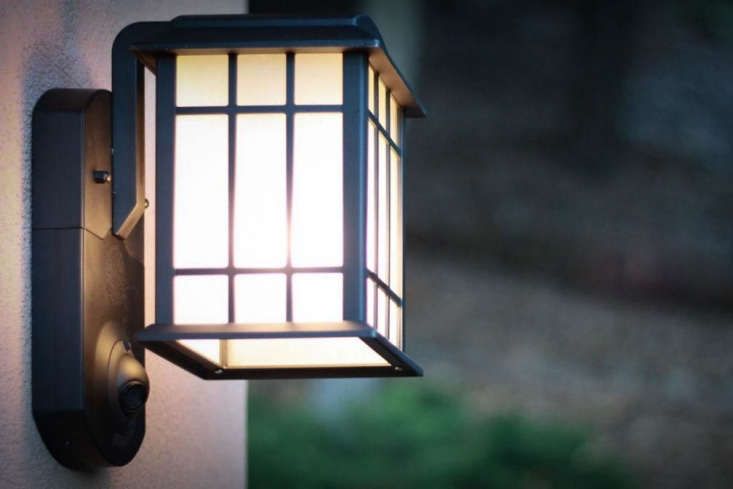
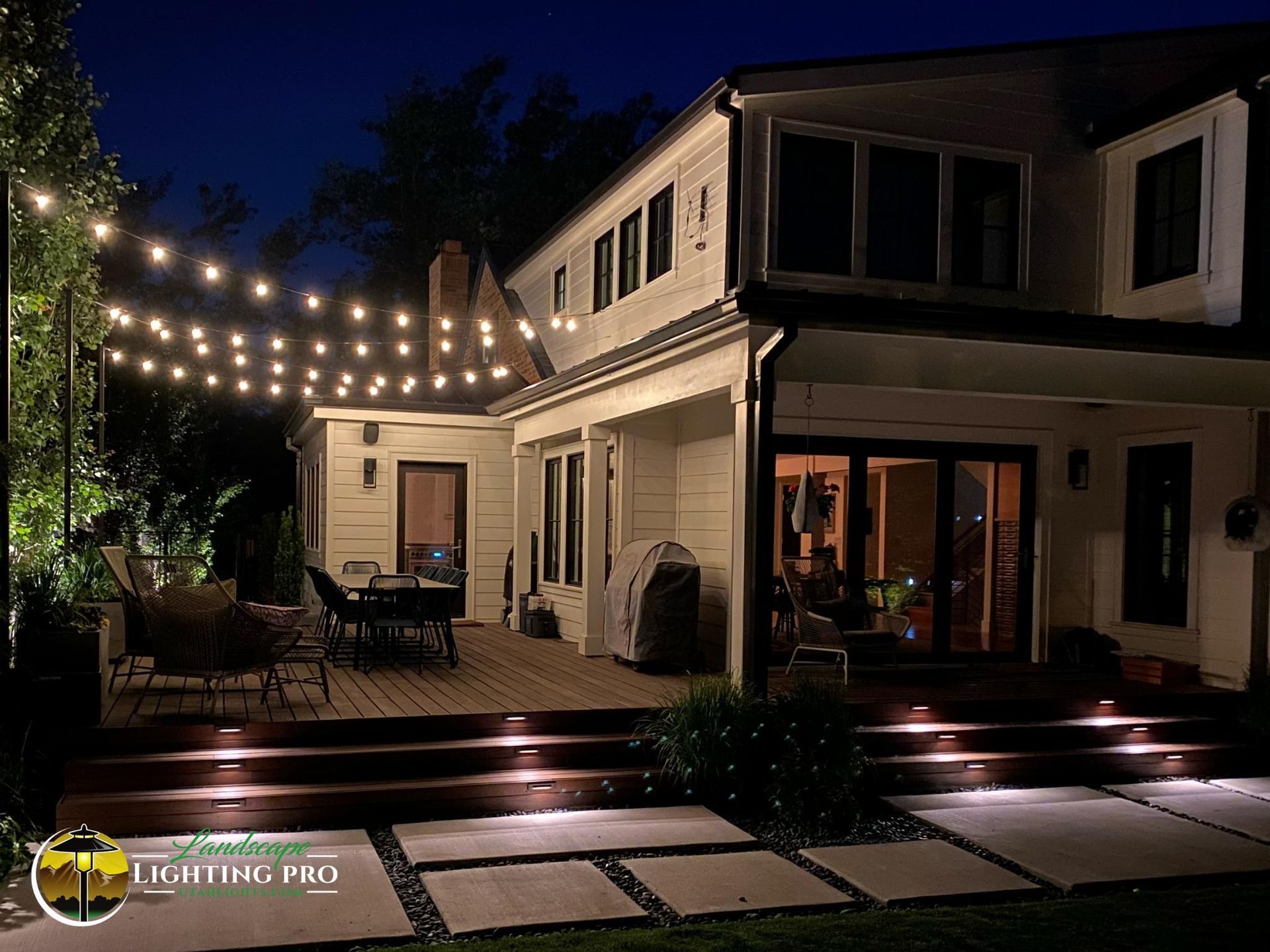
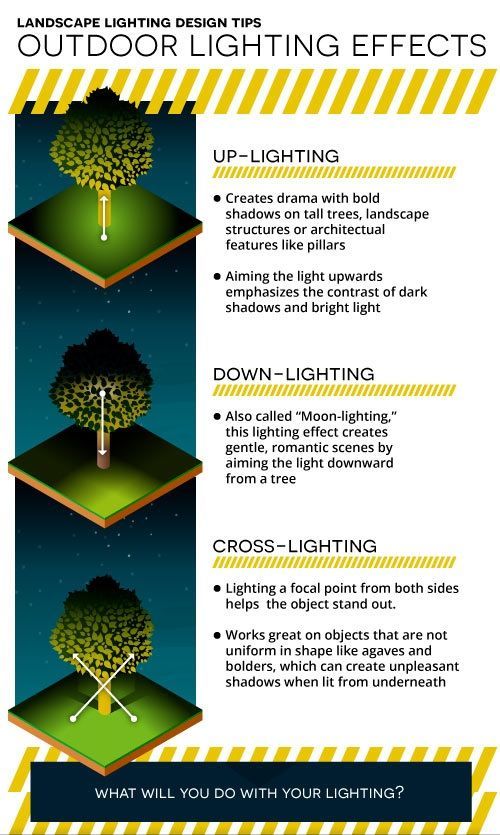

CONTACT US
Hendersonville, TN 37075
615-265-1625
landlightprosdesign@gmail.com
SIGN UP FOR OUR NEWSLETTER
We will get back to you as soon as possible
Please try again later

